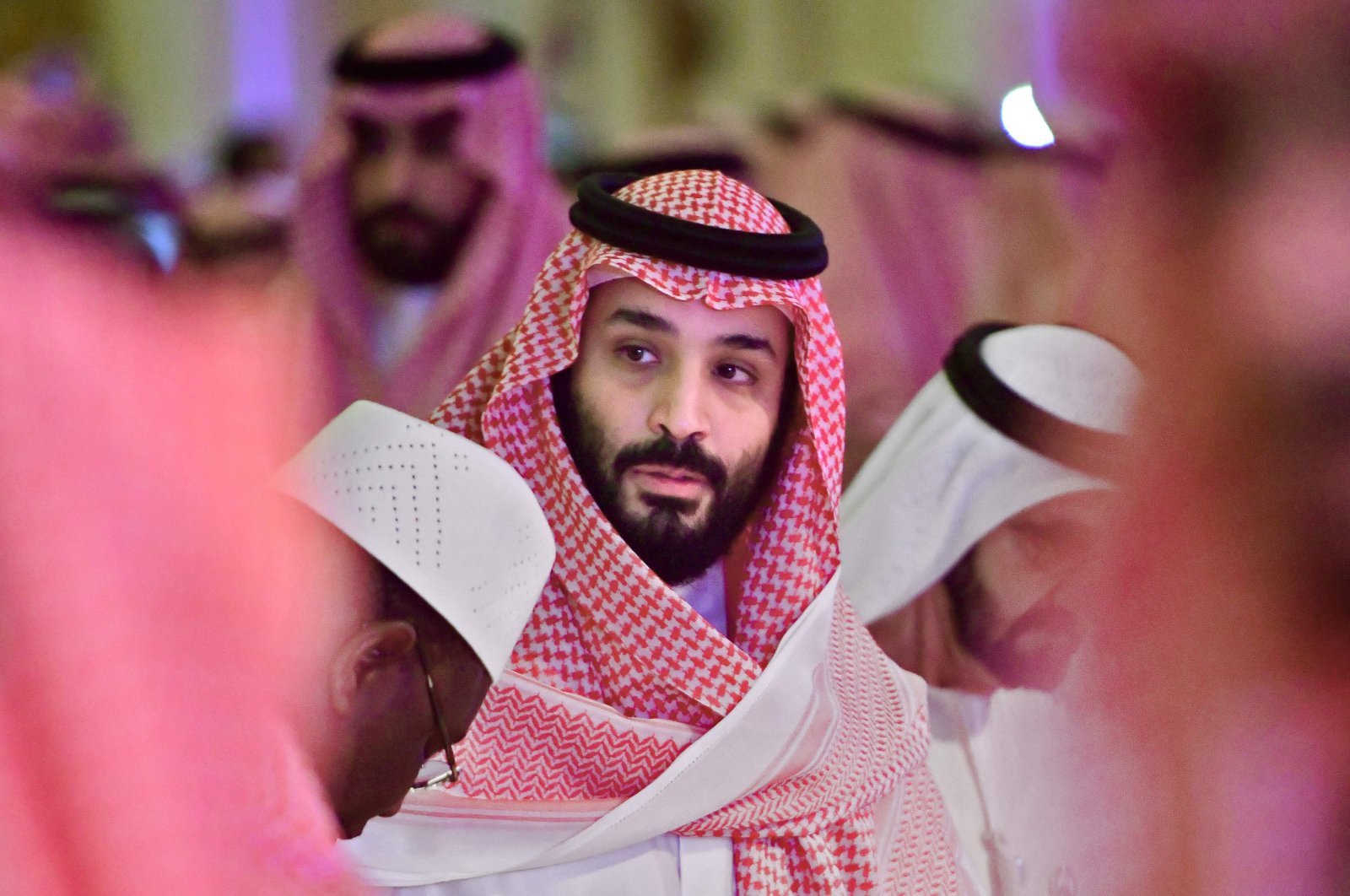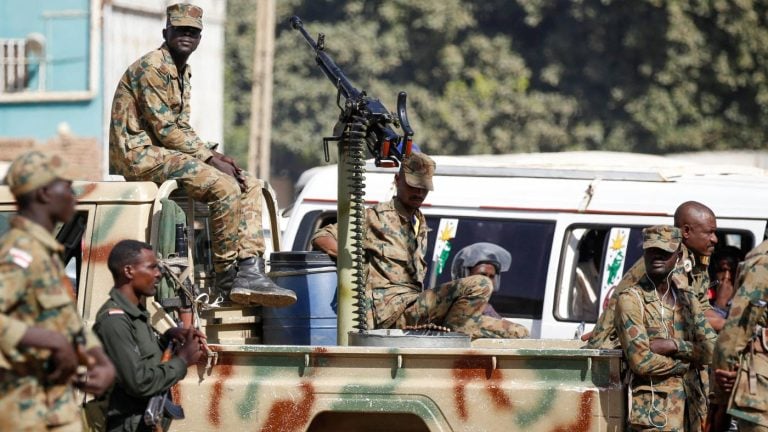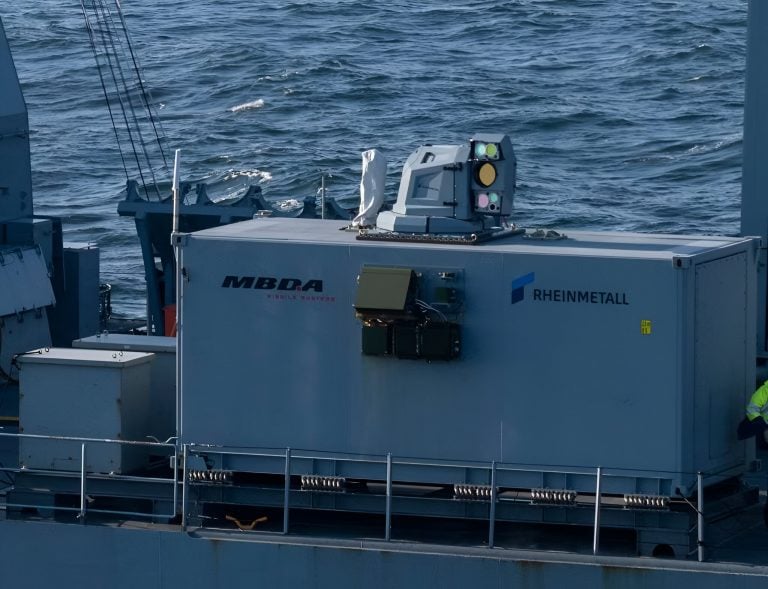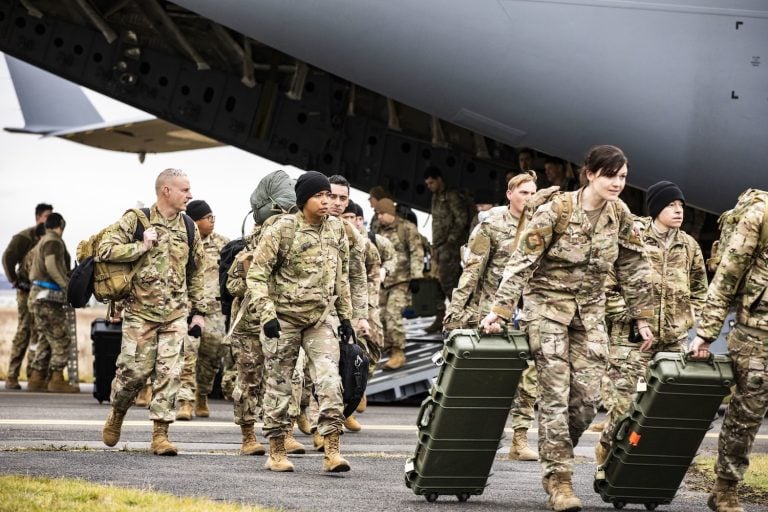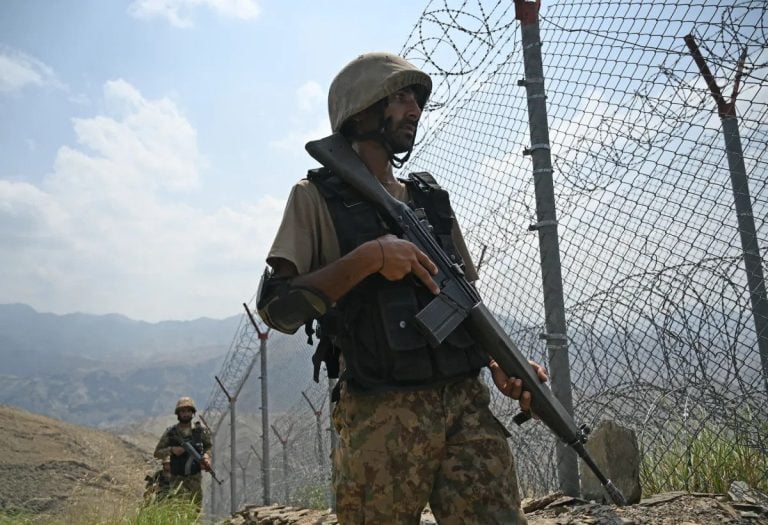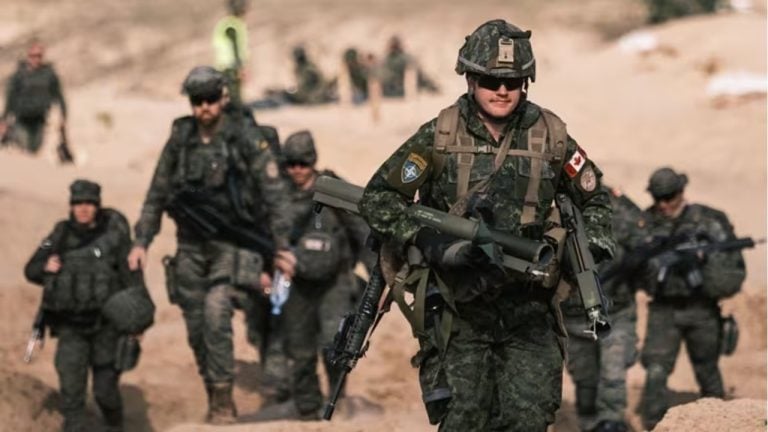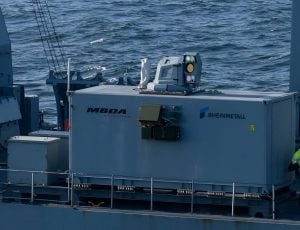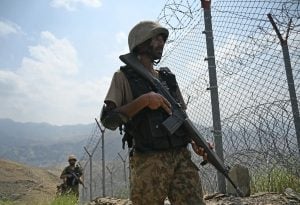The recent announcement of a $140 billion arms deal between Saudi Arabia and the United States signifies more than just a major financial transaction. It marks a transformative moment in which Gulf nations, particularly Saudi Arabia, are taking decisive steps towards developing advanced, self-sufficient defense systems. Gone are the days when these countries merely acted as passive participants in the global arms market; they are now actively positioning themselves as significant players within the international defense landscape.
As European nations confront pressing demands for increased defense production matched with restricted budgets and limited industrial resources, the need for partnerships with Gulf countries has never been so urgent. Such collaborations could facilitate a shift away from the traditional buyer-seller relationships that have characterized defense transactions in the past. For Gulf states, this represents a once-in-a-lifetime chance to establish sustainable and sovereign defense industries. For Europe, the stakes are equally high, offering an avenue for vital investments, expanded production capabilities, and enhanced strategic resilience.
Gulf countries are already making strides toward localizing their defense sectors by seeking technology transfers and setting ambitious domestic production targets. However, fostering more effective partnerships with Europe will require them to rethink their roles—not just as clients, but as co-investors and co-developers in defense projects. This innovative approach is grounded in three fundamental pillars.
Firstly, structured government-to-government agreements should be pursued to encourage co-investment in crucial multinational defense initiatives, including next-generation tanks, aircraft, and integrated air defense systems. The aim should extend beyond mere equity acquisition to cultivating long-term industrial partnerships with Europe’s leading original equipment manufacturers (OEMs).
Secondly, instead of building research and design capabilities independently from the ground up, Gulf nations could significantly benefit by integrating into existing European research and development programs. This pivot would allow them to quickly harness technologies suited to their specific operational needs while simultaneously nurturing local design expertise. Over time, this model promises to streamline the learning curve and foster regional innovations.
The third pillar involves bolstering the supply chains of European defense industries. By investing in smaller, second- and third-tier suppliers, Gulf investors can promote innovation, especially in dual-use technologies, while also alleviating political sensitivities associated with direct OEM investments. Such capital influx can enable smaller firms to scale operations and, in certain cases, even relocate production to the Gulf region, enhancing local industrial capabilities.
To navigate these partnerships successfully, Gulf governments must adopt a coordinated, strategic approach. A holistic model involving defense ministries, investment arms, and foreign affairs bodies will be essential in shaping and executing these industrial agreements. Public-private collaborations are also vital, providing regional contractors with the international exposure necessary to stimulate growth within the ecosystem.
Intellectual property (IP) access emerges as a critical factor in these partnerships, underpinning industrial sovereignty. While traditional suppliers may impose restrictions on IP transfers, many European firms are more amenable to negotiating sharing arrangements.
Nevertheless, challenges persist. European firms and regulatory bodies may approach foreign investment in strategic sectors with caution. Gulf investors will need to showcase more than just financial resources; they must present credible industrial plans, transparent governance, and long-term commitments to building collaboration.
Nonetheless, the current geopolitical environment presents a substantial window of opportunity. Europe is actively seeking both funding and the capacity to bolster its defense output. If Gulf countries can act decisively and strategically, they not only stand to influence the future landscape of global defense production but also carve out their own significant place within it. This evolving dynamic represents much more than a mere transactional relationship; it is an opportunity to pave the way for a new industrial alliance that could redefine international defense collaboration.
